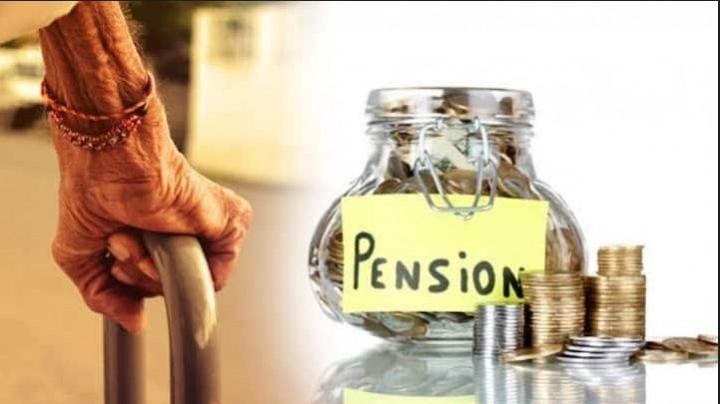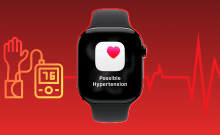
In the era of digital transformation, India's elderly population is struggling to navigate the process of obtaining digital life certificates. The government's recent initiative to digitize this process, while advantageous for many, has proven to be a hurdle for those who lack digital skills or access to the necessary technology.
Sarita Devi, a 61-year-old pensioner, exemplifies this struggle. Despite being a feature phone user, the lack of smartphone facilities has made it difficult for her to download the Aadhar and Jeevan Praman apps, both of which are crucial for obtaining the digital life certificate.
Similarly, Kishan Kumar, 65, encountered obstacles at a digital life certificate center in the national capital. His son's smartphone, registered with the national pension system, receives the OTP necessary for the process. However, his son resides in a different city, creating a logistical issue for Kumar.
These are not isolated incidents. Number of elderly individuals in India are yet to become part of the vast digital ecosystem. The government's third and largest-ever digital life certificate campaign, launched on November 1, aims to digitally empower pensioners using face authentication technology. The Ministry of Personnel, Public Grievances & Pensions reported that over 1.8 lakh pensioners generated their digital life certificates on the first day of the campaign.

The process requires pensioners to use a smartphone camera for a facial scan, which aids in authentication. The Aadhaar Biometric Authentication facilitates face, finger, and IRIS authentication through apps like Jeevan Praman and Aadhaar Face RD App. Pensioners also have the option to visit the nearest CSC, pension disbursing banks, post offices, or designated government offices to obtain the digital life certificate. However, the process is not without its flaws.
Shanti Verma, an 80-year-old widow, chose to visit a common service center (CSC) due to a lack of assistance. She was taken aback when the form asked her if she had remarried. The digital life certificate campaign 3.0, the largest of its kind, is currently running in 800 cities or districts across India from November 1-30.
The digital divide among India's elderly population is a pressing issue. While digitization has simplified the process for many pensioners, it has also posed challenges for those who lack digital literacy or access to necessary technology. This situation is reminiscent of the concerns raised in 2021 about the growing power of technology companies and the potential compromise of individuals' privacy and autonomy.
The current scenario underscores the need for inclusive digital policies and initiatives that cater to all sections of society, including the elderly. The future of jobs and job training is another area where the digital divide is evident. A 2016 Pew Research Center survey found that 87% of workers believed it would be essential for them to receive training and develop new job skills throughout their work life to keep up with changes in the workplace. However, the survey also found that 30% of respondents did not believe that adaptation in teaching environments would be sufficient to teach new skills at the scale necessary to help workers keep abreast of technological changes.
(With inputs from IANS)














